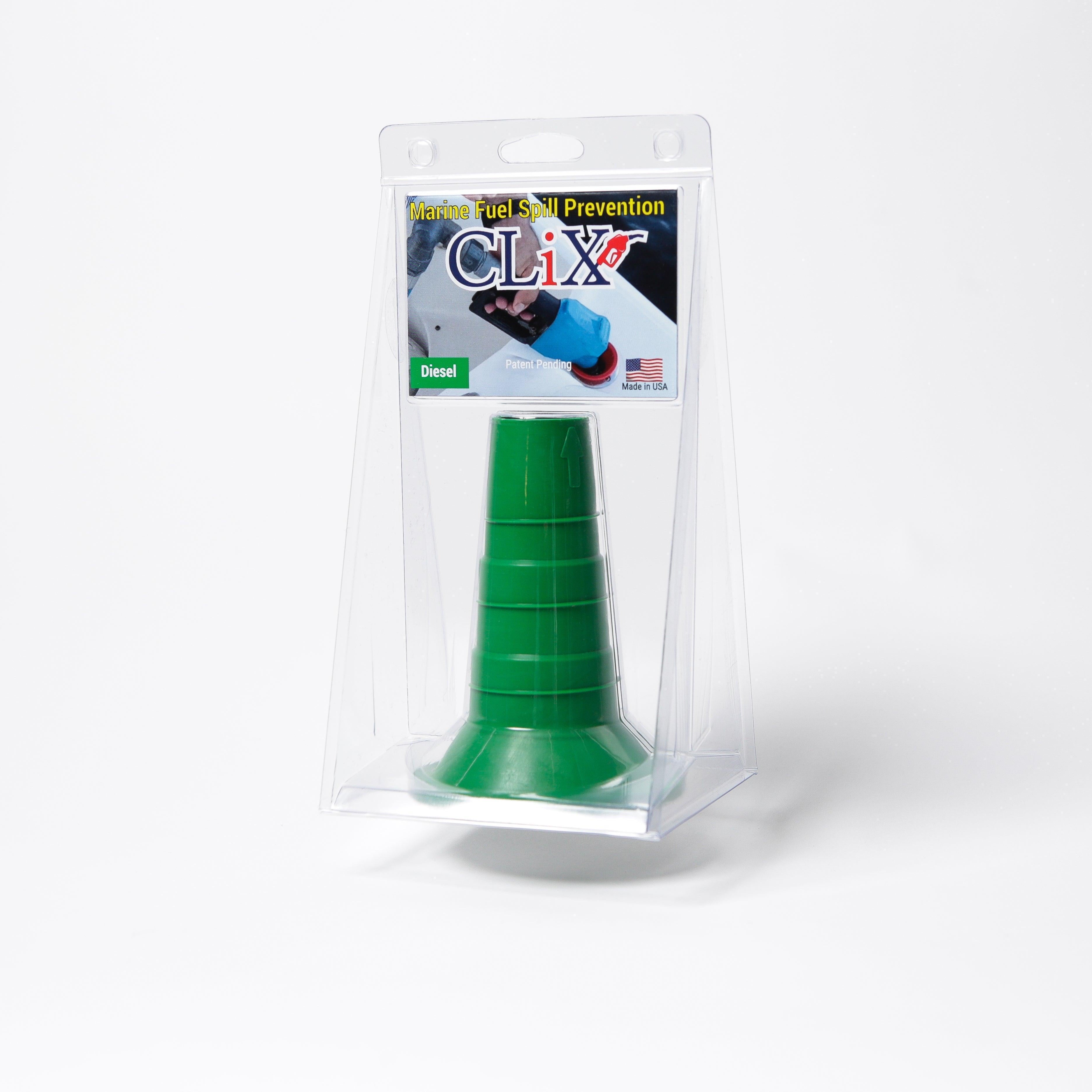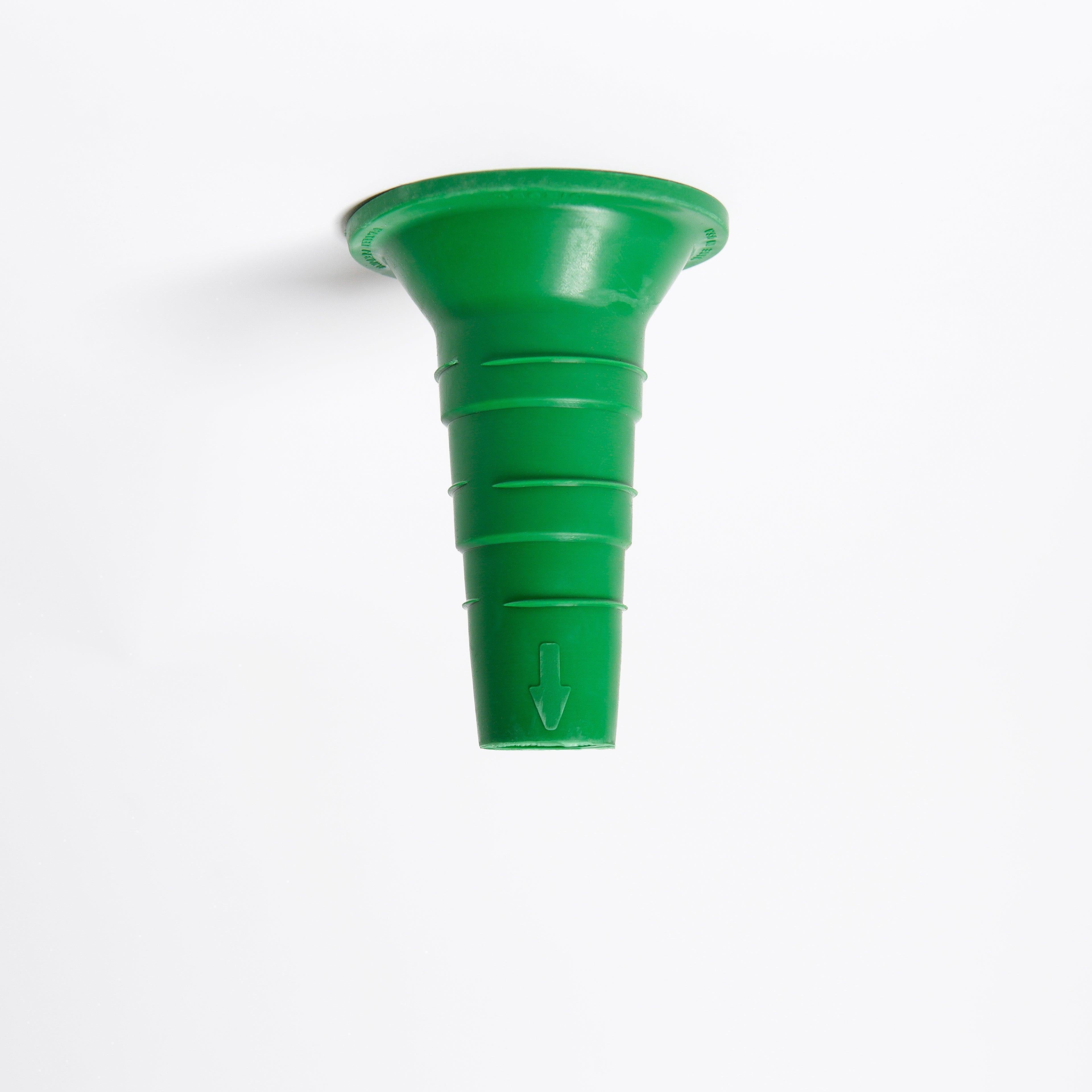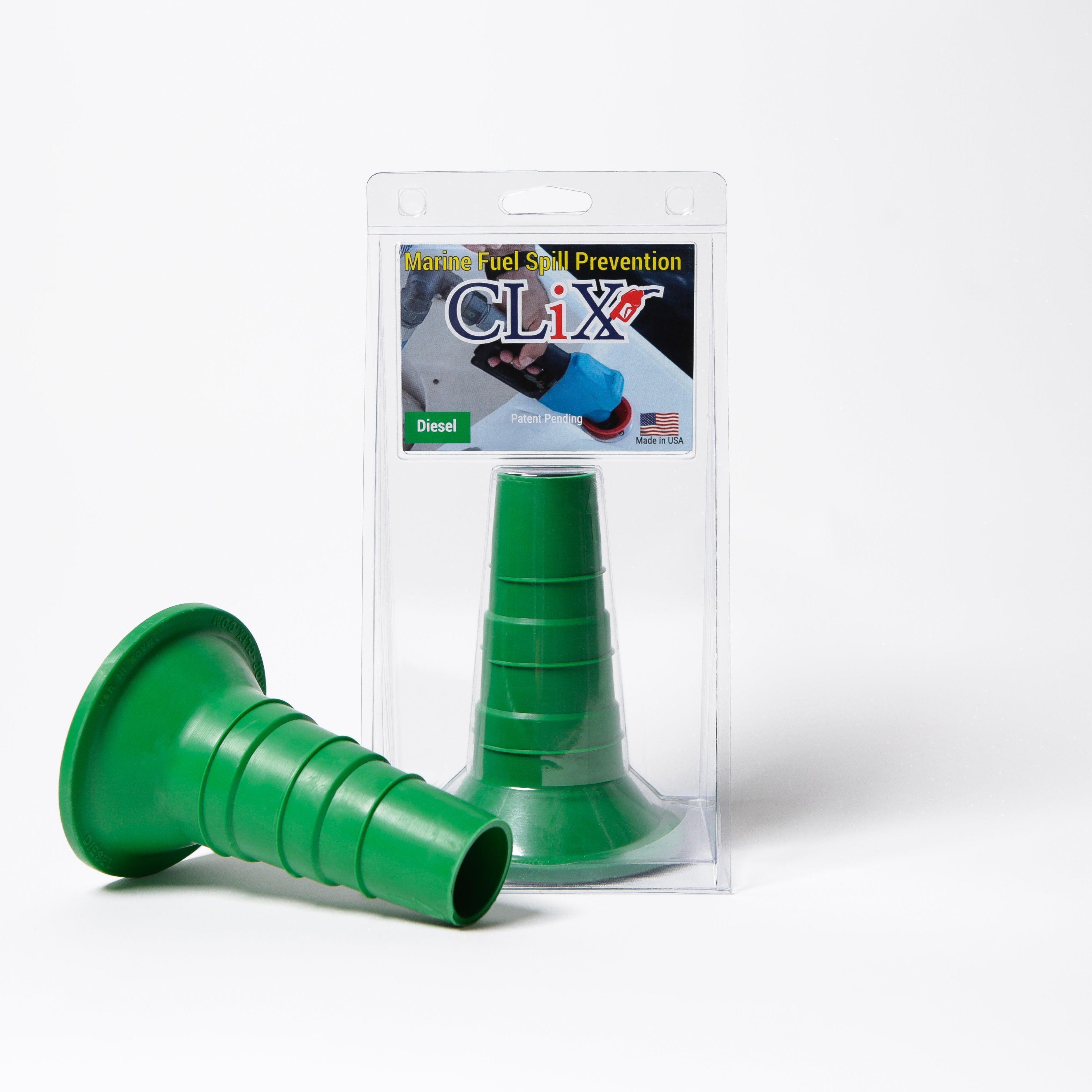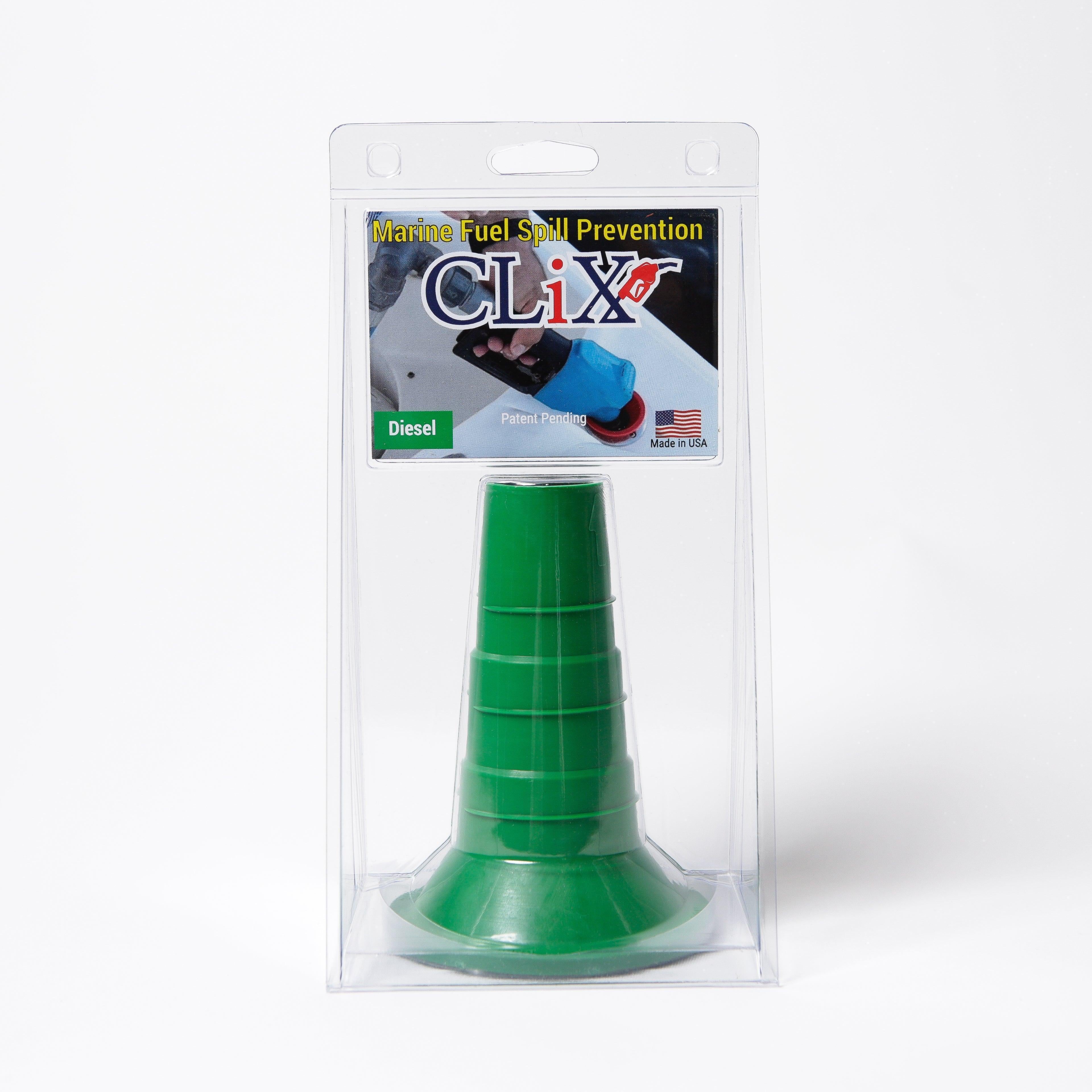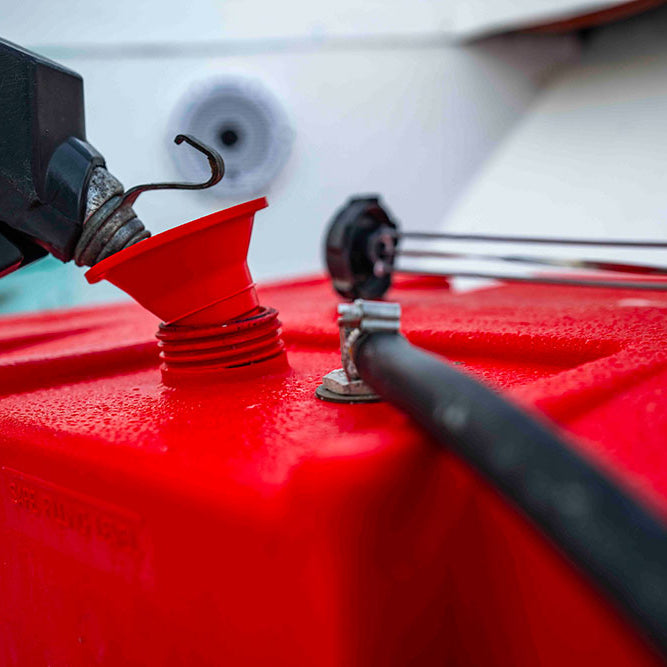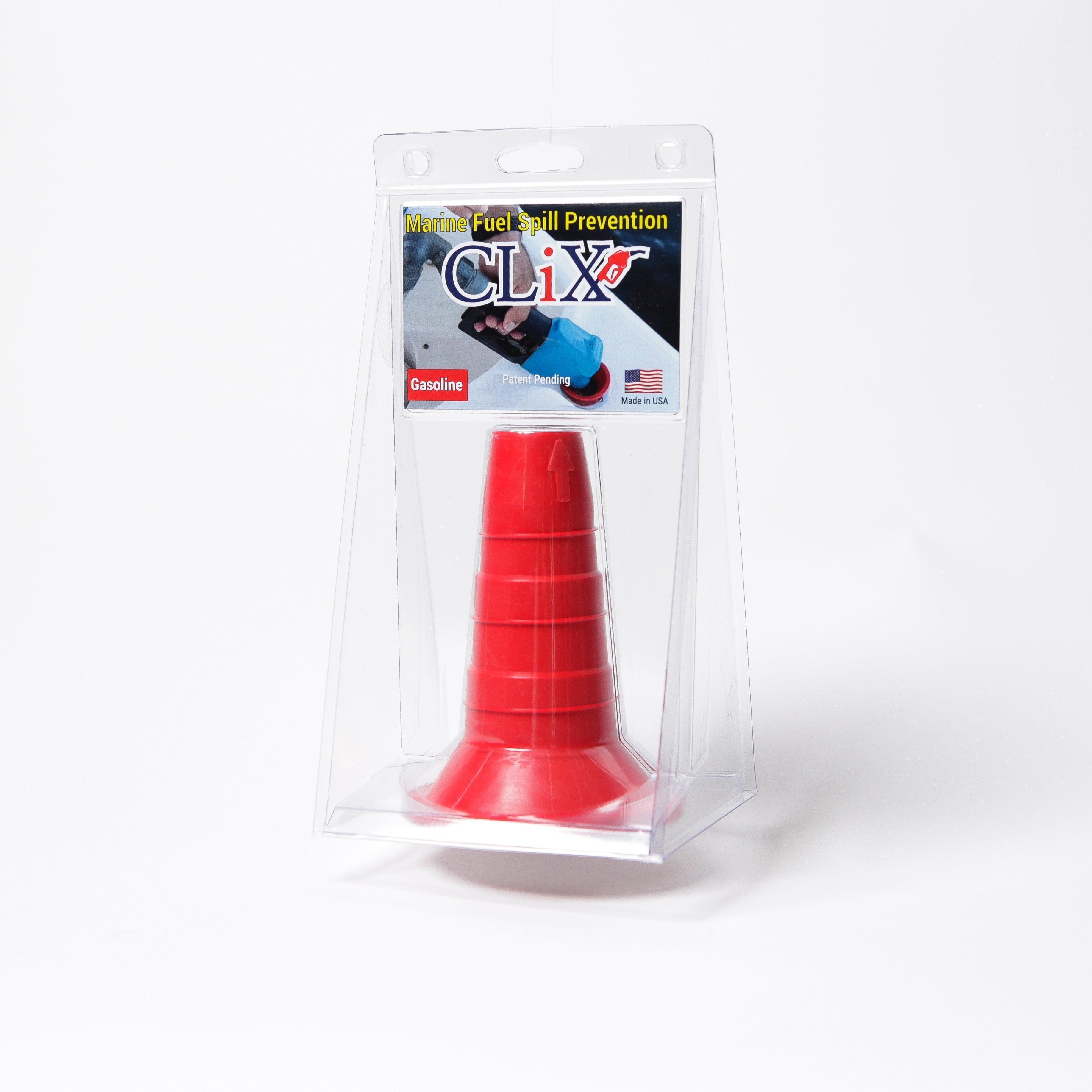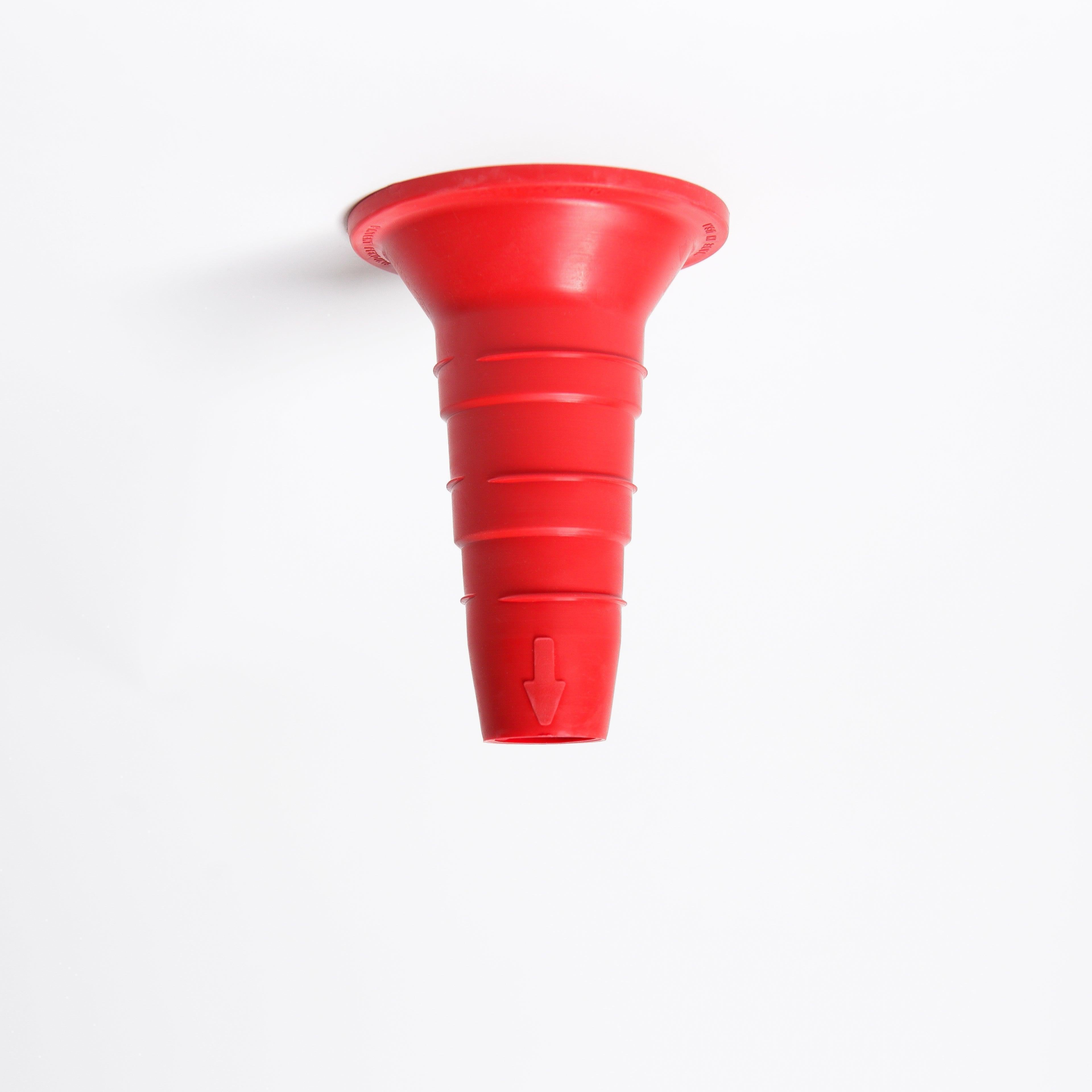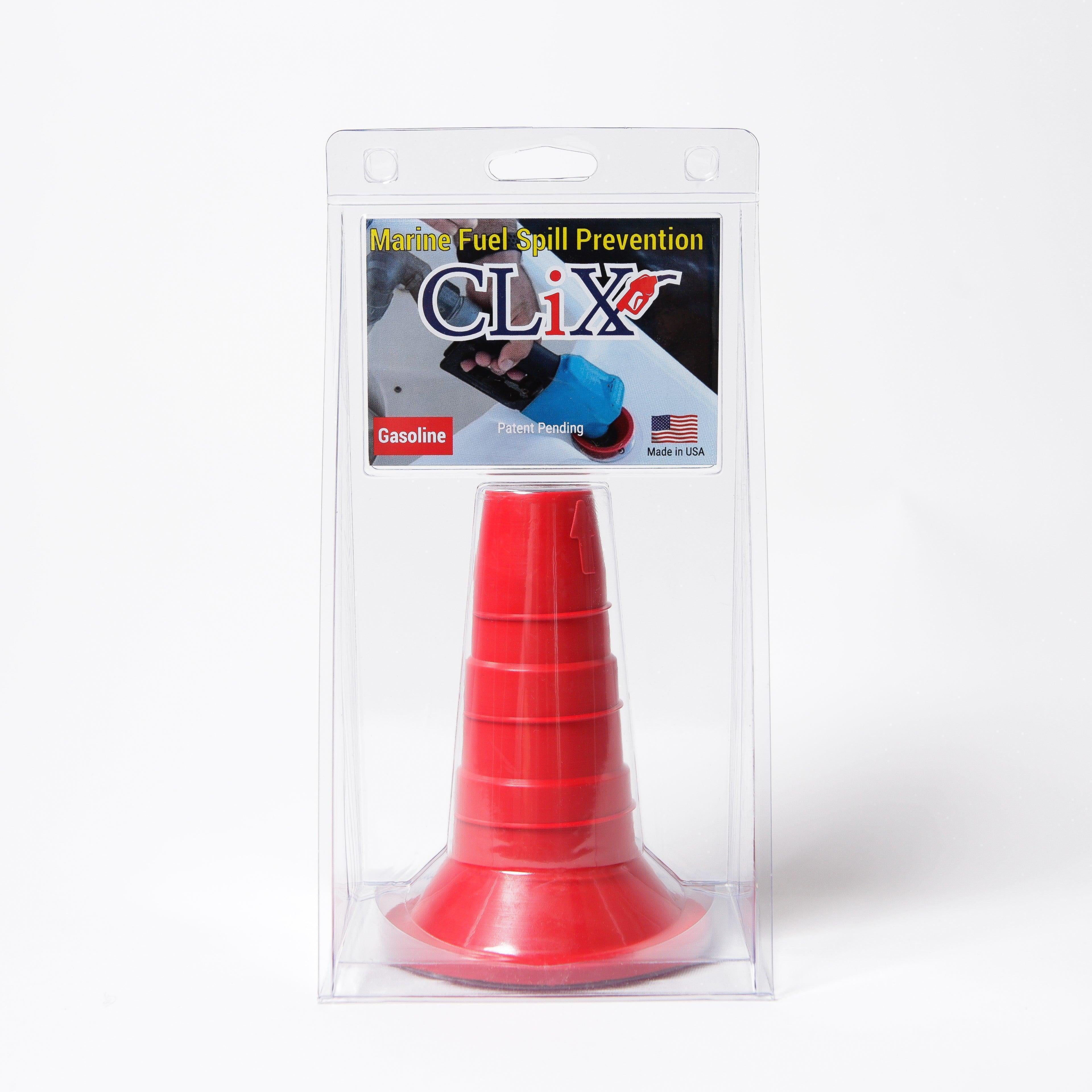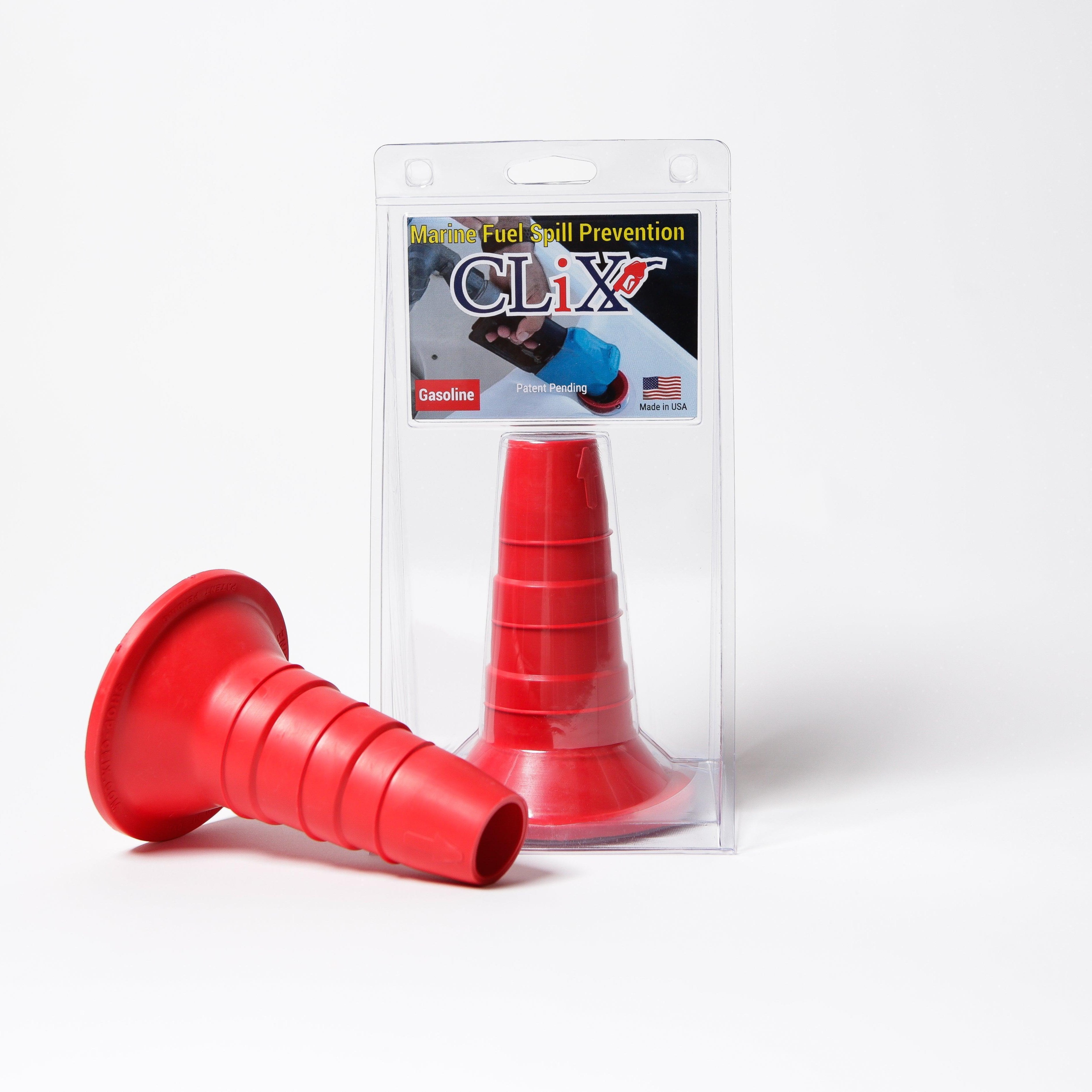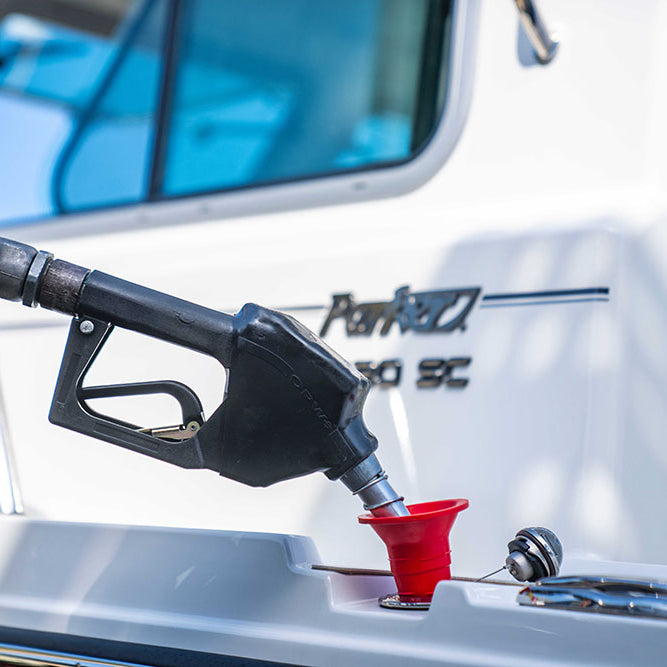Understanding Sustainable Boating: Your Marine Footprint
Imagine yourself smoothly cruising across sparkling water, knowing you're part of a movement protecting that very environment. That’s the heart of sustainable boating. It's a thoughtful way to enjoy our waterways while minimizing our impact.
This approach is changing how we think about recreational boating, from quick weekend trips to longer voyages. It's about realizing our actions have consequences, and adopting practices that protect marine life and habitats for future generations.
Understanding Your Marine Footprint
Sustainable boating means understanding your marine footprint. Just like your carbon footprint on land, your marine footprint reflects the impact of your choices – everything from the fuel you use to where you drop anchor. It’s about asking yourself, "How can I enjoy the water and leave it better than I found it?"
This isn’t about giving up the joys of boating, but enhancing them. By making informed decisions, we can keep the waters we love healthy and vibrant for years to come.
A Growing Movement
This shift towards responsible boating is building serious momentum. More and more boaters, driven by a love for the water, are finding ways to lessen their impact. This includes using cleaner propulsion systems, reducing waste, and respecting marine wildlife. These choices often lead to richer, more connected experiences on the water. Sustainability is becoming a guiding principle, not just for individual boaters, but for the entire marine industry. Resources like those offered by Industries - Marine can provide valuable guidance.
The Bigger Picture
The importance of sustainable boating is also apparent in the global maritime economy. In 2023, ocean trade hit $2.2 trillion ($1.3 trillion in services and $900 billion in goods), roughly 7% of all world trade. This report offers a deeper dive into these figures. The growth and environmental impact of this sector underscore the critical need for sustainable practices, not just for leisure boaters but for all who interact with our oceans.
Preserving Our Waters for Future Generations
Sustainable boating is about finding a balance: pursuing our passion for the water while also protecting it. It's about acknowledging that our choices have consequences, and choosing to make a positive difference. This way, we can ensure that future generations experience the same joy and wonder we feel on the water, and that the beauty of our oceans endures.
Green Propulsion Revolution: Electric and Hybrid Systems
Imagine the tranquility of a sunrise cruise, the only sound the gentle hum of your boat's motor. This is the promise of green propulsion, a quieter, cleaner alternative to traditional combustion engines. From small fishing boats to larger yachts, electric and hybrid systems are changing the way we experience the water. Let's explore how these systems work, their benefits, and what to consider when making the switch.
Electric Propulsion: Silent Power
Think of an electric boat motor like the one in an electric car. It draws power from batteries to spin the propeller. The beauty? Near-silent operation. No more roaring engine noise or vibrations. Just the peaceful sounds of nature and a smoother, more enjoyable ride. This quiet operation also benefits marine life, minimizing disruption to their underwater world. And, of course, electric motors produce zero direct emissions, contributing to cleaner, healthier waterways.
Hybrid Systems: The Best of Both Worlds
Hybrid systems cleverly combine the strengths of electric and combustion engines. Picture this: you're cruising through a no-wake zone, powered silently by the electric motor. Then, when you need more speed or range, the combustion engine kicks in. It’s a flexible solution that offers the best of both worlds – quiet, emission-free operation when you want it, combined with the power and range of a traditional engine when you need it. Hybrids are a great stepping stone for boaters transitioning towards a greener future.

The image above showcases the growing trend of eco-conscious boat design, highlighting the use of sustainable materials. The sleek hull and calm marina reflect the peaceful experience offered by green boating, reminding us that material choices play a crucial role in a boat's overall environmental footprint.
Hydrogen Fuel Cells: A Promising Horizon
While still emerging, hydrogen fuel cells hold immense potential. These systems generate electricity through a chemical reaction between hydrogen and oxygen, with water as the only byproduct. Imagine the possibilities: longer ranges than current battery-electric systems, opening up new horizons for larger vessels and extended voyages. The adoption of green technologies like electric and hybrid boats is expected to rise in 2025, spurred by advancements in battery technology and renewable energy. For a deeper dive into these trends, check out this article on 2025 boating trends.
Practical Considerations for Green Propulsion
While green propulsion offers numerous advantages, there are practical factors to consider. Range is a key one. Current battery technology still limits the distance electric boats can travel on a single charge. However, batteries are constantly improving, and hybrid systems offer a viable solution for longer journeys.
Charging infrastructure is another important aspect. Marinas are increasingly adding charging stations, but availability can vary. Boaters should assess their charging needs and the local infrastructure. Finally, there's the initial cost. Electric and hybrid systems can be more expensive upfront than traditional engines. However, lower operating costs, thanks to reduced fuel and maintenance, can offset this investment over time. The right green propulsion system depends on your specific boat, how you use it, and your budget.
To help you compare the available options, we've put together a table summarizing the key features of different green propulsion systems:
Green Propulsion Systems Comparison
| Propulsion Type | Range (nautical miles) | Initial Cost | Environmental Impact | Best Use Cases |
|---|---|---|---|---|
| Electric | Varies significantly depending on battery capacity | Higher than traditional engines | Zero direct emissions | Inland waterways, shorter trips, day cruising |
| Hybrid | Combines electric and combustion engine range | Higher than traditional engines but less than pure electric | Lower emissions than traditional engines | Coastal cruising, longer trips, versatility |
| Hydrogen Fuel Cell | Potentially much longer than battery-electric | Currently very high | Zero emissions | Long-range cruising, larger vessels, future potential |
Note: The data in this table represents general ranges and can vary significantly based on specific models and manufacturers.
As you can see, each propulsion system offers unique advantages and disadvantages. Carefully considering your individual needs and circumstances will help you make the best choice.
The Future of Sustainable Boating
Green propulsion is more than just a trend; it's a transformation. It's about cleaner, quieter, and more eco-friendly boating. As technology advances and charging infrastructure expands, electric and hybrid systems will likely become the norm. By embracing these innovations, boaters can not only enhance their own experience on the water but also contribute to a healthier future for our oceans, lakes, and rivers.
Marine Conservation: Becoming A Water Steward

Think of our oceans as a bustling city we all share. It’s a place full of life, and like any city, it thrives when everyone respects the rules and contributes to its well-being. Sustainable boating is all about treating our oceans with that same respect, encouraging boaters to become water stewards.
This means understanding the delicate balance of marine life and how our actions can affect it. It’s about making small changes in our boating routines that can lead to big, positive changes for the ocean.
Understanding Seasonal Wildlife Patterns
Just as life on land changes with the seasons, so does life under the sea. Understanding these seasonal shifts in marine wildlife is vital for responsible boating.
For instance, certain times of year are crucial for marine mammals migrating or giving birth. Knowing these patterns helps us avoid disturbing these critical life cycles. We can adjust our boating routes, slow down in sensitive areas, or simply keep a respectful distance. It’s about sharing the water, not dominating it.
Mastering Zero-Impact Anchoring
Imagine setting up camp in a field of delicate wildflowers. You'd likely choose a spot where you wouldn't crush them, right? Anchoring in sensitive marine habitats, like seagrass beds or coral reefs, is similar. These habitats are vital nurseries for marine life.
Zero-impact anchoring is about making thoughtful choices: picking the right anchoring spot, using environmentally friendly anchors, and employing the proper techniques. This often means choosing sandy or muddy bottoms and steering clear of areas with visible seagrass or coral. It's about preserving the underwater landscape.
Practical Actions for Protecting Marine Life
Beyond anchoring, countless other practical actions can protect marine life. Think about it: proper waste disposal, avoiding the discharge of pollutants, and respecting speed limits in sensitive zones all play a role.
Want to go further? Reducing plastic use on board and joining local cleanup efforts are great ways to contribute. Even seemingly small changes, like swapping to biodegradable cleaning products, can add up to a big difference. Learn more about preventing pollution in our article how to prevent marine pollution.
Inspiring Success Stories
Many boating communities are already seeing positive results from conservation efforts. Some have created no-wake zones near shorelines to protect vulnerable ecosystems. Others have implemented programs to restore damaged habitats.
These success stories prove that when we work together, we can revitalize our waters and improve boating experiences for everyone. They're a testament to the power of collective action.
Innovative Gear and Technology
New technologies are also contributing to marine conservation. Specialized underwater lights, for example, minimize disturbances to nocturnal marine life. Eco-friendly hull paints prevent the release of harmful chemicals.
Exploring and adopting these innovations allows us to seamlessly integrate sustainability into our boating practices. It’s about using technology to lessen our impact and preserve the beauty beneath the surface.
The Rewards of Conservation-Minded Boating
Boaters who prioritize conservation often find their experiences are much richer. By understanding the environment they’re exploring, they gain a deeper appreciation for its beauty and fragility.
This connection to nature elevates the joy of boating. It’s no longer just about spending time on the water; it's about becoming a part of the ecosystem. This fosters a sense of responsibility and a desire to protect the waters we love.
Fuel Management Mastery: Preventing Costly Spills

Fuel spills are a major concern for boaters. They're not just an expensive clean-up; they pose a real threat to our precious marine ecosystems. Imagine each drop of spilled fuel as a tiny, yet disruptive force, upsetting the delicate balance of life beneath the waves. The good news is that with a bit of foresight and the right approach to fuel management, spills are completely preventable.
Spill-Proof Equipment: Your First Line of Defense
Think of your boat's fuel system like the oil system in your car. A well-maintained car rarely leaks oil, and the same principle applies to your boat. Reliable, spill-proof equipment significantly reduces the chance of leaks. This includes everything from durable fuel lines and secure connectors to specialized fuel spill containment systems. These containment systems act like a safety net, catching drips and overflows before they reach the water. It's a small investment for big peace of mind.
Proper Fueling Procedures: Attention to Detail Matters
Having the right equipment is only half the battle. Imagine filling a glass of water to the very top – a little too much force and you'll have a spill. Fueling a boat is similar. Slow, steady fueling, along with regular checks for leaks, is crucial. It’s about integrating mindful fueling into your routine, not treating it as an afterthought.
Let's explore some practical equipment and techniques that can help minimize spills:
To help you navigate the world of spill prevention, here's a handy guide:
Fuel Spill Prevention Equipment Guide
This table outlines essential equipment and techniques for preventing fuel spills during boat operation and maintenance.
| Equipment Type | Function | Cost Range | Effectiveness Rating | Recommended Brands (Examples) |
|---|---|---|---|---|
| Fuel Spill Containment Pads | Absorbs spilled fuel, preventing it from reaching the water. | $20 - $100 | High | Meltblown, Oil-Dri |
| Fuel Line Shut-Off Valves | Prevents fuel flow in case of a line rupture. | $15 - $50 | High | Attwood, SeaSense |
| Overfill Prevention Devices | Stops fuel flow when the tank is full, preventing overfilling. | $30 - $150 | High | Rule, Attwood |
| Absorbent Bilge Socks | Absorbs small spills and leaks in the bilge. | $10 - $30 | Medium | West Marine, Star brite |
| Fuel Nozzles with Shut-Offs | Automatically stops fuel flow when the tank is full or the nozzle is released. | $25 - $75 | High | Attwood, Tempo |
| Fuel Line Inspection Tools | Helps identify cracks, wear, and tear in fuel lines. | $10 - $50 | Medium | Sierra, Seachoice |
This table provides a starting point for equipping your boat with spill-prevention tools. Remember to research and choose products that meet your specific needs and budget.
Innovative Fuel Management Systems: Embracing Technology
Technology plays a vital role in preventing spills. Smart monitoring systems provide real-time data on fuel levels, alerting you to potential issues before they become spills. Some advanced systems even automatically shut off the fuel flow when the tank is full, eliminating the risk of overfilling. For more on this topic, check out this article on optimizing operations with marine fuel management systems. These technological advancements are making sustainable boating more practical and efficient.
The Ripple Effect of Responsible Fuel Handling
Proper fuel management isn't just a good habit; it’s a sign of responsible boat ownership. It reflects a respect for the environment and a commitment to preserving it for future generations. Think of the incredible marine life thriving in places like the Captain Cook Monument in Hawaii. Learn more about this remarkable area. Even small improvements in fuel management can have a positive impact on these delicate ecosystems.
Emergency Response and Regulatory Compliance
While prevention is the goal, it's important to be prepared for the unexpected. Keeping an emergency spill kit onboard and understanding the correct reporting procedures can minimize environmental damage in case of a spill. This preparedness also demonstrates your commitment to responsible boating.
By embracing these practices, we can all contribute to cleaner and healthier waterways. Sustainable boating isn't just a passing trend; it’s a responsibility we share as stewards of our marine environment.
Building Your Sustainable Boating Network
Sustainable boating isn't something you do alone. It’s a group effort. Think of it like a bustling harbor, where everyone contributes to the health of the community and the clarity of the water. This interconnectedness is key to real, lasting change.
The Power of Community
Individual actions matter, but collective action multiplies their impact. Sailing organizations, yacht clubs, and marinas are increasingly leading the way in promoting sustainable boating. These groups form a strong network, sharing knowledge, resources, and best practices. This makes eco-friendly boating simpler and more rewarding. It also creates a supportive community for boaters to learn from each other and work together on projects.
Sharing Knowledge and Resources
Imagine experienced gardeners sharing tips with beginners – everyone wins. That’s the idea behind mentorship programs in the sustainable boating community. Seasoned boaters guide newcomers, sharing practical advice on everything from eco-friendly anchoring to fuel management. Smart fuel management is crucial for preventing spills and minimizing environmental impact. You can learn more about efficient management through resources like fleet fuel management strategies. These programs create a valuable exchange of knowledge, speeding up the adoption of sustainable practices.
Recognizing Environmental Leadership
Many organizations now offer certifications for boaters and marinas dedicated to environmental stewardship. These certifications, similar to eco-labels for products, act as a badge of honor, showing a commitment to responsible boating. They also provide helpful benchmarks for measuring environmental performance and encourage continuous improvement.
Collaborative Restoration Projects
Think of neighbors working together to restore a local park. Everyone benefits from the improved space. Similarly, collaborative restoration projects within the boating community improve the overall boating experience. These projects might involve cleaning a waterway, restoring damaged habitats, or installing mooring buoys to protect sensitive areas. Working together, boaters make a real positive impact on the waters they enjoy. For further information on marine protection, check out Marine Environmental Protection: Key Tips for Ocean Conservation.
Connecting With Like-Minded Boaters
Finding and connecting with other eco-conscious boaters is easier than ever. Online forums and social media groups provide platforms for sharing information, asking questions, and arranging local meetups. These online communities create a sense of shared purpose and empower boaters to make a difference together. Local yacht clubs and sailing associations often hold events and workshops on sustainable boating, offering valuable ways to connect with like-minded people in your area. The sailing industry itself is also embracing sustainability, focusing on green initiatives and renewable energy. World Sailing's 'Ready for the Future' strategy, from 2025 to 2029, aims to promote sustainable practices and reduce the sport's environmental impact. You can find further information here.
Building a Sustainable Future Together
Sustainable boating is an ongoing journey. By joining a network of like-minded boaters, you can make faster progress and help create a healthier marine environment. It’s about creating a ripple effect, where individual actions combine to make a big wave of conservation. This combined effort not only helps the environment but also makes boating more enjoyable, fostering a deeper connection to the waters we love. By working together, we can ensure future generations can enjoy the beauty of our oceans, lakes, and rivers.
Making Your Sustainable Boating Transition Work
Switching to sustainable boating doesn't have to feel like a complete engine overhaul. Think of it more like renovating your home – a project tackled in stages, blending careful planning with a dose of realism. Whether you’re a casual weekend sailor or a seasoned ocean voyager, this section offers a practical guide to making the change.
Planning Your Sustainable Boating Upgrade
Imagine you’re planning a kitchen remodel. You wouldn't start demolishing walls without a blueprint, would you? The same principle applies to your boat. Begin by assessing your current boating habits. How often do you use your boat? What kind of boating do you do? What's your budget?
Answering these questions honestly will lay the foundation for your sustainable boating journey. It helps you prioritize upgrades and sidestep costly errors. For instance, if you're mainly a weekend fisherman, a complete electric propulsion system might not be the most sensible first step. Instead, concentrating on better fuel management and reducing plastic waste could offer more immediate advantages.
Timing Your Sustainable Upgrades
Just as you wouldn't renovate your kitchen during a dinner party, the timing of your sustainable boating upgrades matters. Consider the boating season and how you use your boat. Are there times when your boat is out of the water for maintenance? These periods are perfect for tackling larger projects like installing new equipment or applying eco-friendly hull paint.
Smaller changes, like using spill-proof fueling practices or switching to biodegradable cleaning products, can be easily incorporated into your routine anytime. This step-by-step approach lets you experience the benefits of sustainable boating gradually.
Avoiding Common Pitfalls
Like any home improvement project, there are traps to watch out for. One common mistake is getting carried away by the latest technology without considering its practicality. While hydrogen fuel cells, for example, hold great promise, the current infrastructure and price tag may not be feasible for everyone.
Another pitfall is focusing on one area of sustainability while overlooking others. Sustainable boating is a holistic practice. It covers everything from fuel efficiency and waste reduction to responsible anchoring. It's about striking a balance that fits your boating habits and environmental aims.
Evaluating Green Technology Investments
Investing in green technology represents a significant step towards sustainable boating. However, it's vital to approach these investments with a clear understanding of your needs and what you expect. If you’re considering electric propulsion, for example, carefully compare the battery range with the distances you typically cover.
Think about the long-term costs and benefits of each investment. While some green technologies might have a higher initial cost, they can offer long-term savings through lower fuel consumption and reduced maintenance. Also, explore available financing, rebates, and partnerships that can make sustainable upgrades more affordable.
Prioritizing Improvements for Maximum Impact
Not all sustainable practices demand the same level of investment or effort. Some, like adopting spill-proof fueling techniques, deliver instant benefits with minimal work. Others, like switching to electric propulsion, require a more significant commitment.
Prioritize upgrades based on your individual boating style and objectives. If minimizing your environmental impact is your primary focus, prioritize upgrades that reduce emissions and waste. If enhancing your on-the-water experience is key, look for upgrades that improve quietness and minimize vibrations.
By understanding your priorities and making well-informed decisions, you can ensure that every change you make contributes meaningfully to both protecting the environment and enriching your boating enjoyment. This allows you to tailor your sustainable boating transition to your specific needs and create a positive impact on the waterways you cherish.
Your Sustainable Boating Action Plan
Every sustainable boating journey starts with a simple truth: small, consistent actions add up to big change. Think of it like the way individual waves build to form a powerful tide. This action plan provides a clear, prioritized path for weaving sustainable practices into your boating life, no matter your experience level or boating goals. We'll look at realistic timelines, budget considerations, and ways to track your progress so you can see the positive impact you're making. Every recommendation focuses on practical changes you can make today, with clear guidance on measuring results and building momentum for even bigger improvements down the line.
Phase 1: Quick Wins for Immediate Impact (Within 1 Month)
This phase is all about low-cost, high-impact changes you can implement right now. It's like decluttering your boat and optimizing existing practices for a greener approach.
-
Spill-Proof Fueling Practices: Invest in a spill-proof fuel nozzle and take your time when fueling. Imagine you're carefully pouring a glass of water to the very top—slow and steady prevents spills. This simple change keeps fuel out of the water and saves you money in the long run.
-
Waste Reduction Onboard: Make the switch to reusable cups, plates, and cutlery. Reduce your reliance on single-use plastics by carrying refillable water bottles and packing snacks in reusable containers.
-
Responsible Waste Disposal: Make sure you have designated bins onboard for different types of waste (recyclables, general waste). Treat your boat like a mini-city with its own waste management system, and dispose of waste properly at designated onshore facilities.
Phase 2: Stepping Up Your Sustainability Game (Within 3-6 Months)
This phase involves a bit more investment and planning but offers significant returns in terms of environmental protection.
-
Eco-Friendly Cleaning Products: Trade your conventional cleaning products for biodegradable options. Imagine washing your boat with soap that nourishes the water instead of harming it. This protects marine life and creates a healthier environment for you, too.
-
Zero-Impact Anchoring Techniques: Learn and practice zero-impact anchoring methods to protect sensitive habitats like seagrass beds and coral reefs. It's like setting up camp in a delicate meadow—you want to leave no trace.
-
Marine Wildlife Awareness: Familiarize yourself with the local marine life and adjust your boating behavior accordingly. Slow down in sensitive areas and avoid disturbing wildlife during critical times like breeding seasons.
Phase 3: Long-Term Investments for Lasting Change (Within 1-2 Years)
This phase involves bigger upgrades that contribute to long-term sustainability.
-
Green Propulsion Exploration: Research and consider making the switch to electric or hybrid propulsion systems. Imagine the peaceful quiet of a sunrise cruise powered by the gentle hum of an electric motor. This not only reduces emissions but also minimizes noise pollution.
-
Hull Maintenance with Eco-Friendly Paints: Opt for eco-friendly antifouling paints to reduce the release of harmful chemicals into the water. Think of your hull as your boat's skin—protecting it with eco-friendly paint benefits both your boat and the surrounding waters.
-
Joining a Sustainable Boating Network: Connect with local boating groups, yacht clubs, and sailing organizations focused on sustainability. It's a great way to share knowledge, participate in projects, and stay informed about the latest advancements in sustainable boating.
Tracking Your Progress and Celebrating Success
Setting realistic goals is key to staying motivated. Start small and gradually work your way up to more ambitious changes. Keep track of things like your fuel consumption and waste reduction to measure your progress. Don't forget to celebrate your wins along the way! This reinforces positive changes and keeps you inspired.
Sharing your sustainable boating journey with others is a great way to build accountability. Tell your friends, family, or fellow boaters about your goals. Join online groups or participate in local initiatives to connect with like-minded people. This creates a supportive community and helps you stay on course. Sustainable boating is an ongoing journey. By taking these steps and continuously striving for improvement, you can make a real difference for our marine environments while enjoying your time on the water.
Ready to take the next step? Discover how CLiX Fueling Solutions can help you prevent spills and improve fuel management. Visit CLiX Fueling Solutions to learn more.

